Areni -1 Cave #175
The Oldest Full-fledged Winery in the World
Areni-1 (also known as Birds’ Cave) is a three-chambered karstic cave located on the left-hand side of the Arpa River basin, a tributary of the River Araxes, within the eastern portion of the modern village of Areni in the Vayots Dzor Region of Southern Armenia. Excavations at the site began in 2007 and were directed by Boris Gasparyan (Institute of Archaeology and Ethnography, National Academy of Sciences, Armenia) and co-directed by Ron Pinhasi (School of Archaeology, University College Dublin, Ireland) and Gregory Areshian (Cotsen Institute of Archaeology at UCLA, USA). The major significance of the site was abundantly clear during the initial excavations when very well preserved Chalcolithic (4300–3400 Cal. BC) and Medieval (4th–18th centuries AD) occupations were exposed. Chalcolithic finds within the first gallery of the cave include numerous large storage vessels, some of which contain human skulls of adolescent males and a female.
Chalcolithic wine production at the site
Grape remains and vessels typical of wine storage, associated with chemical analyses of the contents of the vessels point to Chalcolithic wine production at the site. It appears that from the end of the 5th millennium BC onwards, people used the cave for different purposes as a habitation, for keeping animals and storing plant foods, for the production of wine, as well as for ritual purposes. The data from the cave demonstrate clear evidence for incipient social complexity. The workshops, wine producing complex, and the funerary features or “burials” represent a common ritual and production-oriented complex.
Preserving capacity of the cave
Minimal temperature oscillations and constant levels of low humidity within the cave have provided an ideal environment for preservation of organic remains. As a consequence of this constant microclimate, Areni-1 has yielded large quantities of exceptionally well-preserved organic remains including the world’s oldest leather shoe (3600-3500 cal BC). The shoe was 24.5cm long (European size 37), 7.6 to 10cm wide, made from a single piece of leather, worn and shaped to the wearer’s right foot. It was stuffed with loose, unfastened grass which was used to maintain the shape of the shoe and/or prepare it for storage, along with basketry and clothing. Large volumes of Late Chalcolithic and medieval desiccated plant remain have also been preserved, presenting a rare opportunity to better understand plant use in Armenia during a period of increasing social complexity
Areni-1 cave is considered as the primary archaeological source, the investigation of which makes evident the process of formation of complex societies from the mid of 5th Millenium BC. The cave has a world heritage importance in its picturesque environment with excellent preserved archaeological remains.
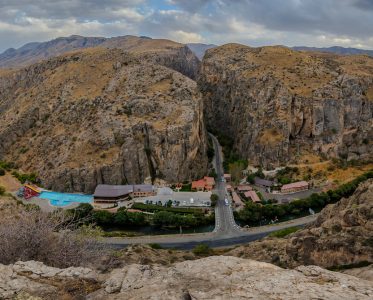
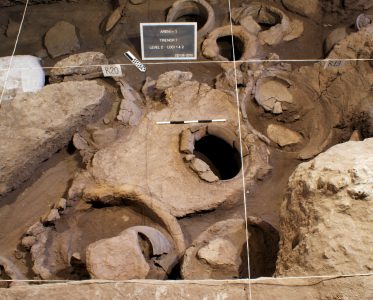
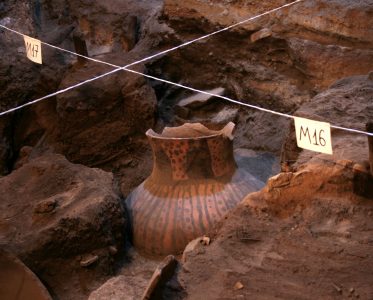
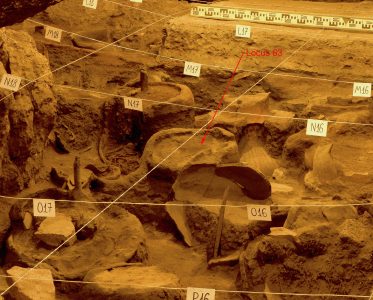
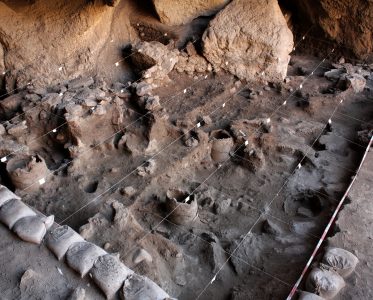
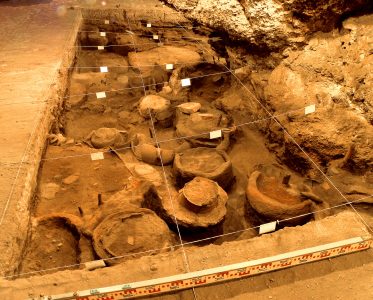
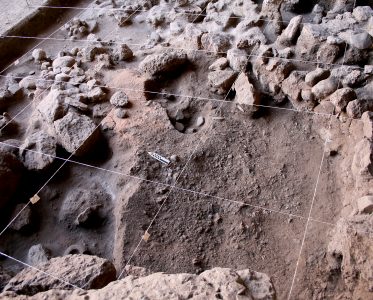
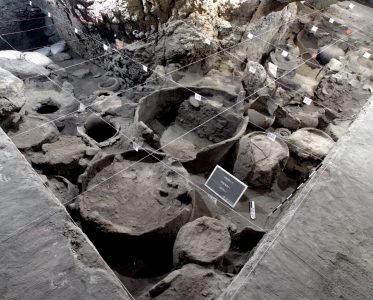
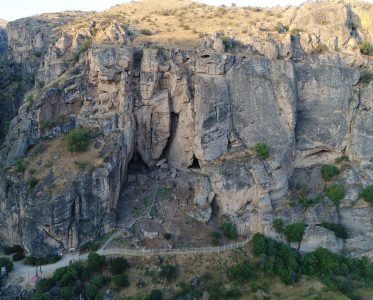
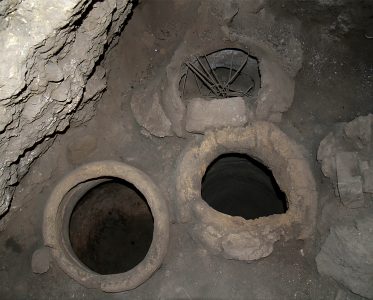
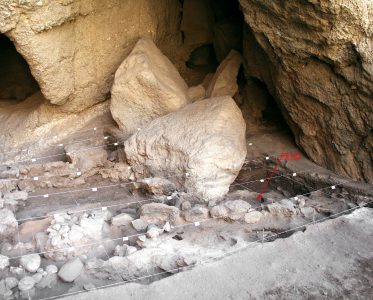
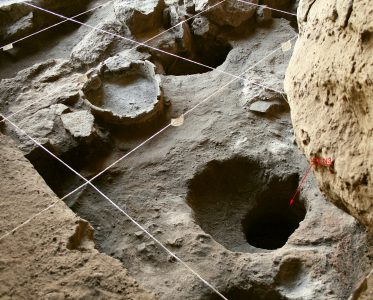


Reviews
There is information available on plaques throughout the cave complex but to really fully experience and understand the depth of the amazing stories going on, take a guided tour. Our tour guide Arminé spoke fluent English with an incredible depth of knowledge and elevated the entire experience to something truly AWEsome!
Amazing experience! The oldest winery in the world! beautiful view from the top! Unbelievable exploration!!!
It’s a very interesting cave. We did it while visiting Areni Wine Factory and Noravank. The area has beautiful scenery and the cave itself is fascinating. Oldest shoe in the world was found there!